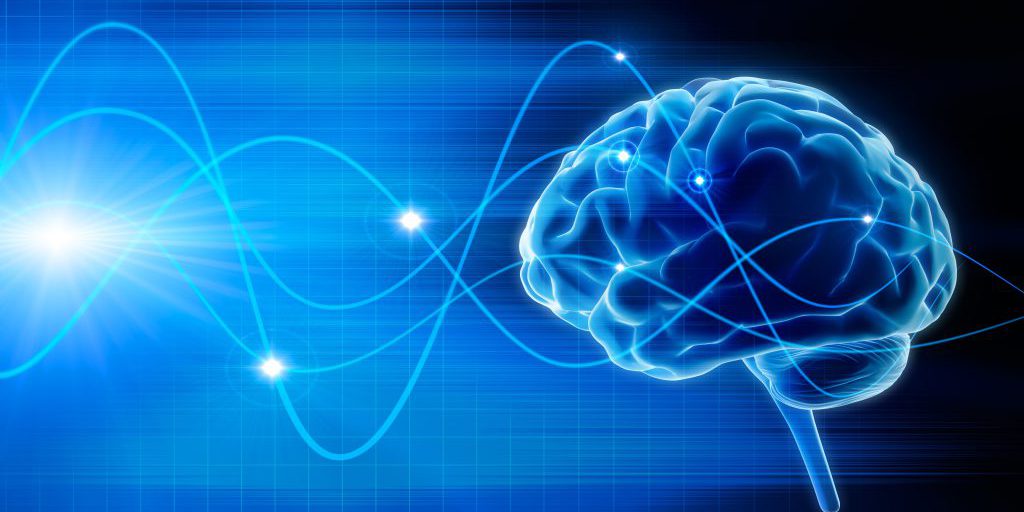an email newsletter released every month highlighting the latest articles, events, technical inquiries, and voices from the community
Therapeutic Uses of Brainwave Entrainment (BWE) via Low Audio Frequency Stimulation

Posted on May 20, 2024 | Completed on May 18, 2023
Can you provide a bibliography of recent research for therapeutic research of BWE via low audio frequency stimulation ranging from delta to gamma?
The Homeland Defense and Security Information Analysis Center (HDIAC) was asked to identify recent research (in the past five years) in the therapeutic uses of brainwave entrainment (BWE) via low audio frequency stimulation. The desired range was from 0 to 40 Hz, accommodating brainwave frequencies from Delta to Gamma. BWE refers to the brain’s electrical response to rhythmic sensory stimulation, including pulses of light or sound. BWE produces electrical impulses in the brain that can be measured by an electroencephalogram or a magnetoencephalography and can range from the Delta to Gamma range. Technologies used to generate BWE typically include binaural beats, monoaural beats, and isochronic tones. During and after auditory stimulation, brainwaves can begin to resemble the stimulus rhythm, inducing a variety of mental states and consciousness. Different frequencies applied during BWE have been shown to be correlated with different mental states, and BWE overall has been found to improve cognition, memory, mood, stress, pain, and human behavior. HDIAC staff found that recent research results varied, although the overall available evidence suggests that BWE has the potential to be an effective therapy and can influence human mental states and behaviors.
Want to find out more about this topic?
Request a FREE Technical Inquiry!

